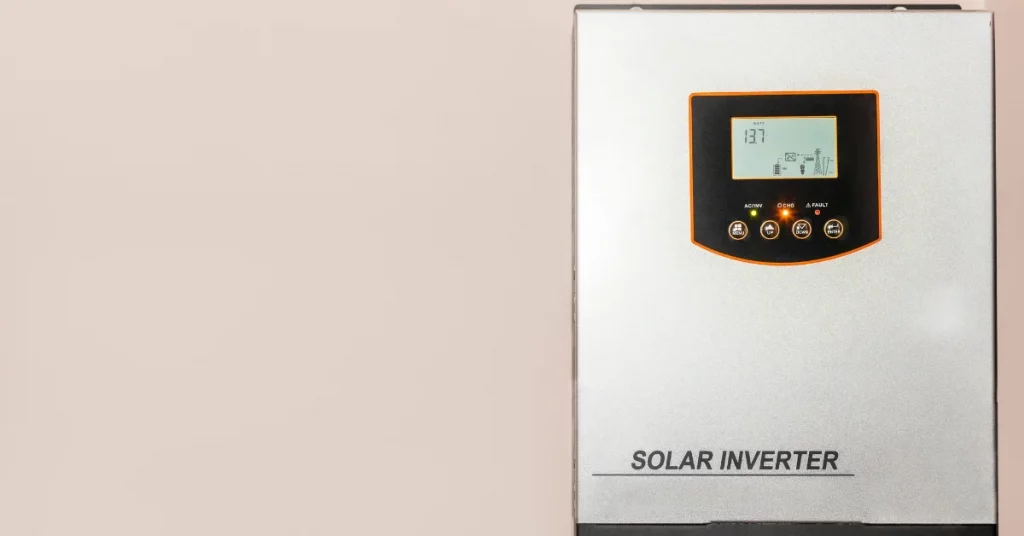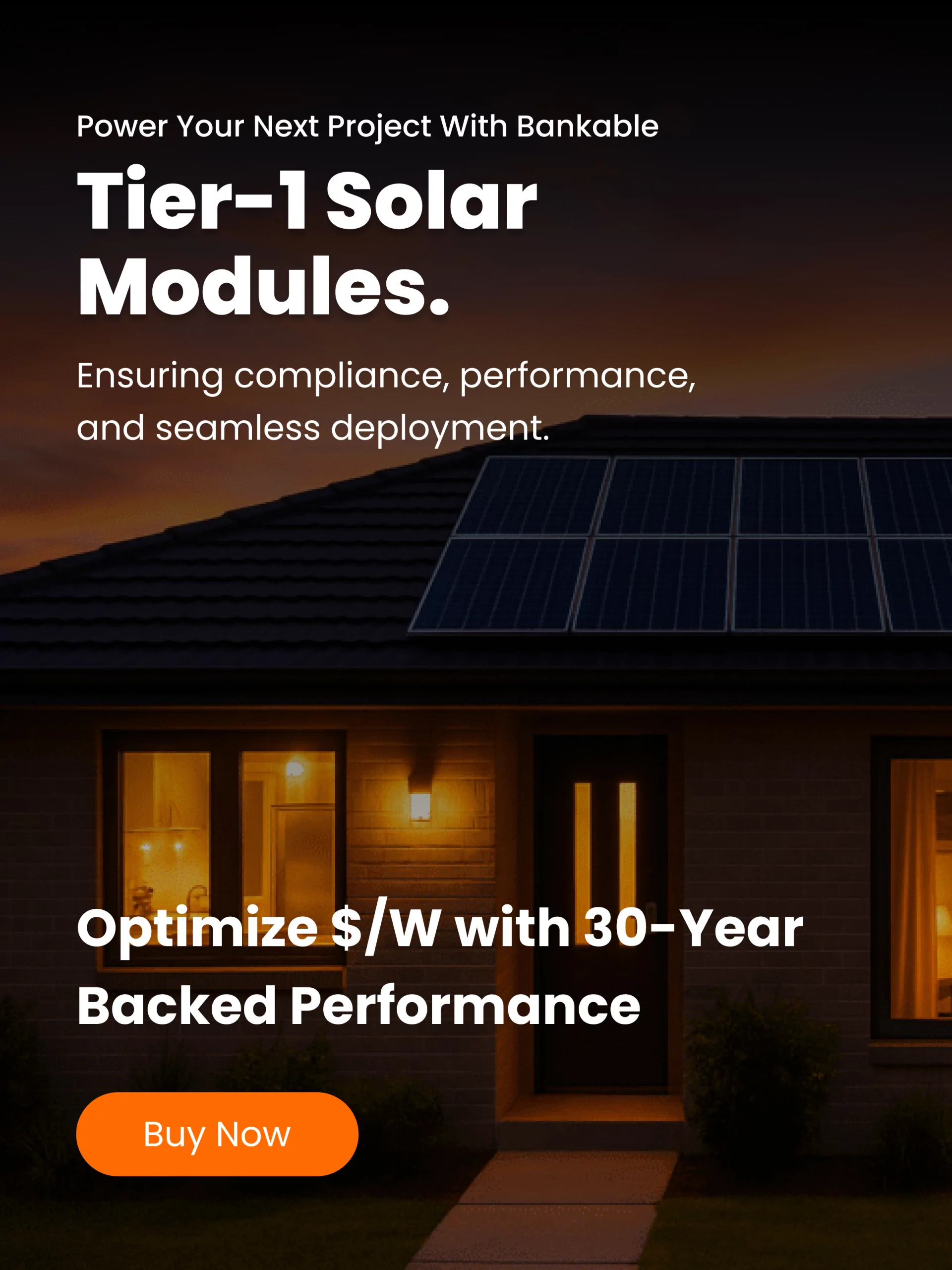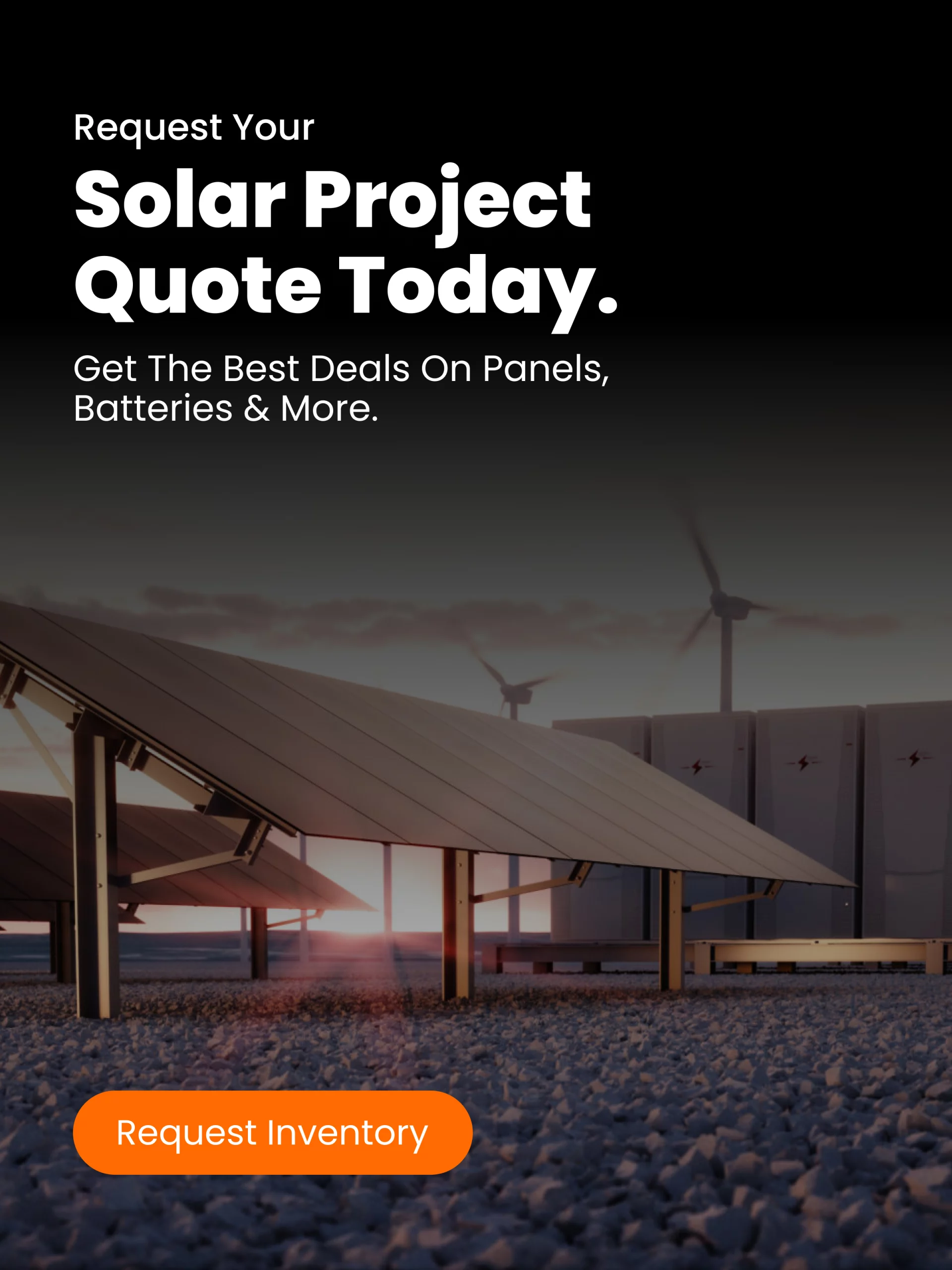Selecting the correct inverter size is a critical decision when designing a solar power system. The inverter converts the direct current (DC) electricity produced by solar panels into alternating current (AC) usable in your home or business. If the inverter is too small, you may lose potential power; if it is too large, you may pay for unused capacity. One important concept to understand in this context is “inverter clipping,” which arises when the solar array produces more power than the inverter can handle.
In this guide we will explain how to size a solar inverter, define key terms like the DC-to-AC ratio and clipping, compare inverter types, and provide practical tips for choosing the right unit for your site and goals.
How inverter sizing works
When you install solar panels, they generate DC electricity based on sunlight. An inverter’s job is to take that DC electricity and convert it into AC. The inverter is rated for a specific maximum AC output. If the solar array produces more DC power than the inverter can convert, the excess is lost, this is the essence of inverter clipping.
One useful metric in inverter sizing is the DC-to-AC ratio (also called inverter loading ratio). This is the ratio of the total DC capacity of the solar panels to the AC power rating of the inverter. For example, if your solar panels are rated at 7 kW DC and your inverter is rated at 5 kW AC, the DC-to-AC ratio is 7 ÷ 5 = 1.4.
Designers often oversize the array so that the DC-to-AC ratio is greater than 1.0. The idea is that the array will generate maximum output only during peak sun, but for much of the day it runs under capacity. Oversizing ensures the inverter is used more fully during early morning and late afternoon when solar output is lower.
However, the trade-off is that during ideal conditions, the array may produce more power than the inverter can convert, causing clipping. Clipping means that extra energy is simply not captured.
What is inverter clipping
Inverter clipping occurs when the DC input from the solar panels exceeds the AC power capacity of the inverter. At that moment the inverter limits its output to its rated value, and the remainder of potential power is not converted or stored.
Although clipping sounds negative, many modern systems are designed to tolerate it. A small amount of clipping can be acceptable; the key is balancing additional panel capacity (which costs money) against the value of the extra energy you will capture.
For example, one study showed that when the DC-to-AC ratio increased from 1.0 to 1.3 for a 100 kW inverter, the annual AC energy production increased from 163 MWh to 193.9 MWh, with lost energy due to clipping of only 1.8 MWh (which is just 0.9 %). As the ratio rose to 1.5, production rose further but lost energy to clipping jumped to 4.8 %. This illustrates that moderate oversizing can be beneficial, but excessive oversizing leads to diminishing returns.
Types of inverters and how sizing affects each
String inverters
These are the most common type for residential and many commercial systems. Multiple panels are wired in series (“strings”) and feed a single inverter. String inverters are cost-effective and simple to install where conditions are uniform (similar panel orientation, little shading).
Micro-inverters
Micro-inverters attach individually or to a small group of panels. This setup allows panel-by-panel optimization, which is beneficial for roofs with shading, different orientations or future expansion. Because each panel operates independently, one underperforming panel will not drag the whole system down. Micro-inverters tend to cost more upfront than a string inverter.
Hybrid or storage-ready inverters
These inverters are designed to work with or integrate battery storage and may combine inverter, charge-controller and system monitoring features. If you plan to add energy storage or want backup power, a hybrid inverter may be the best choice.
Each type comes with considerations in sizing. For example, micro-inverters make it easier to oversize panels because each panel’s output is managed individually. With a string inverter, definitive DC-to-AC ratio guidelines are more important to avoid excessive clipping or undervaluing the system.
How to choose the right inverter size
When selecting an inverter size, here are key factors to evaluate:
1. Match to your solar array size and goals
First determine how many watts of solar panels you plan to install (DC capacity). Then choose an inverter whose AC rating aligns with that capacity and your budget. If you plan a modest system with uniform conditions, a DC-to-AC ratio near 1:1 may be fine. If you want higher output and can accept some clipping, a ratio of 1.1-1.3 is common.
2. Consider efficiency and quality
Choose an inverter with high conversion efficiency (for example, 98% or higher) and maximum power point tracking (MPPT) features. A higher-quality inverter will cost more but may provide better long-term performance and reliability.
3. Understand site specifics
Roof orientation, shading, tilt angle and local climate affect how much solar output you capture. If your site has varying panel orientations or shading, oversizing the array may help, but you should also consider micro-inverters or multiple MPPT inputs.
4. Review warranties and serviceability
Inverter lifespan is typically less than that of solar panels. Warranties of 10-15 years or more are common; some manufacturers offer extension options. Because the inverter is a critical system component, quality and support matter. Also check that the inverter brand has accessible service and diagnostics.
5. Monitor and model clipping impact
Use performance simulation tools to estimate how much clipping may occur over a year. If clipping losses are projected to be small (for example <2-3 % of annual production) then the oversizing strategy is working well. If they are large (5 % or more) you may need to adjust the inverter rating or array size. Accurate modeling helps you find the cost-effective balance.
Chart: DC-to-AC ratio vs production & clipping
| DC-to-AC Ratio | Annual AC Energy Production* | Energy Lost to Clipping* | Approximate Clipping % |
| 1.0 | 163 MWh | 0.0 MWh | 0 % |
| 1.3 | 193.9 MWh | 1.8 MWh | ~0.9 % |
| 1.5 | 217.2 MWh | 11.0 MWh | ~4.8 % |
*Example values based on a 100 kW inverter scenario. Actual results vary by location, panel type, and conditions.
Why this matters for solar investment
Choosing the correct inverter size is more than a technical detail, it influences how many kilowatt-hours your system delivers, how quickly you recover your investment, and the long-term return of your system. A well-matched inverter helps you:
- maximize usable energy output
- avoid unnecessary upfront cost on oversized inverters
- strike the right balance between cost and performance
- ensure longevity and reduce maintenance risk
When you select an inverter that suits your design goals, site conditions and future plans (such as battery storage or system expansion), you are more likely to get optimal return on your solar investment.
Final thoughts
Sizing your solar inverter correctly requires understanding the balance between array size, inverter capacity, and real-world performance. While oversizing the solar panels relative to inverter capacity can increase output during non-peak hours, clipping during peak hours must be carefully modeled and managed.
By assessing your site specifics, future expansion plans, equipment quality, and projected energy yields, you can choose an inverter that supports the longevity and value of your solar system. Taking time to compare options, ask installers about clipping and DC-to-AC ratio strategies, and model performance scenarios will pay off in higher energy production, lower cost per kilowatt-hour, and better long-term savings.




